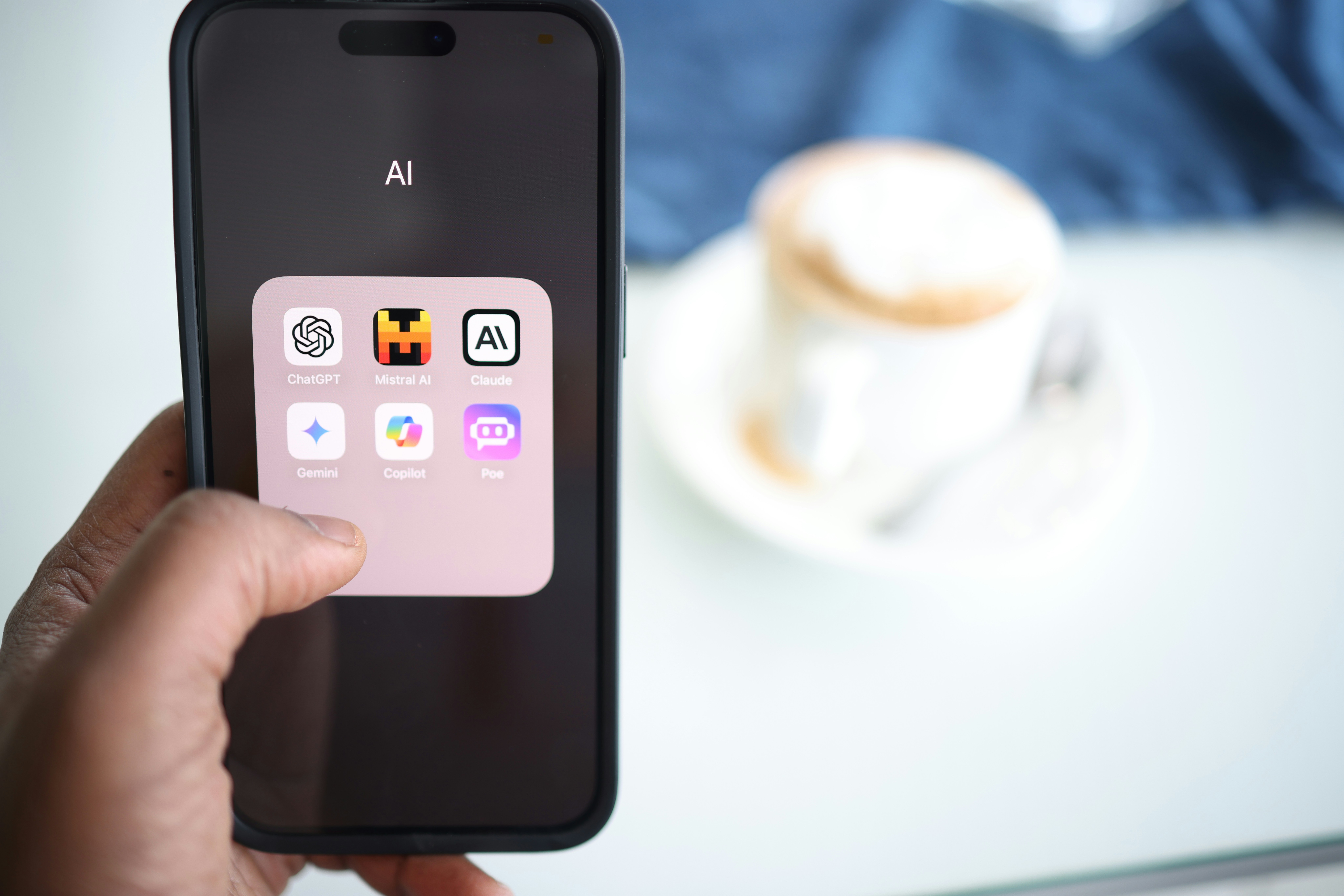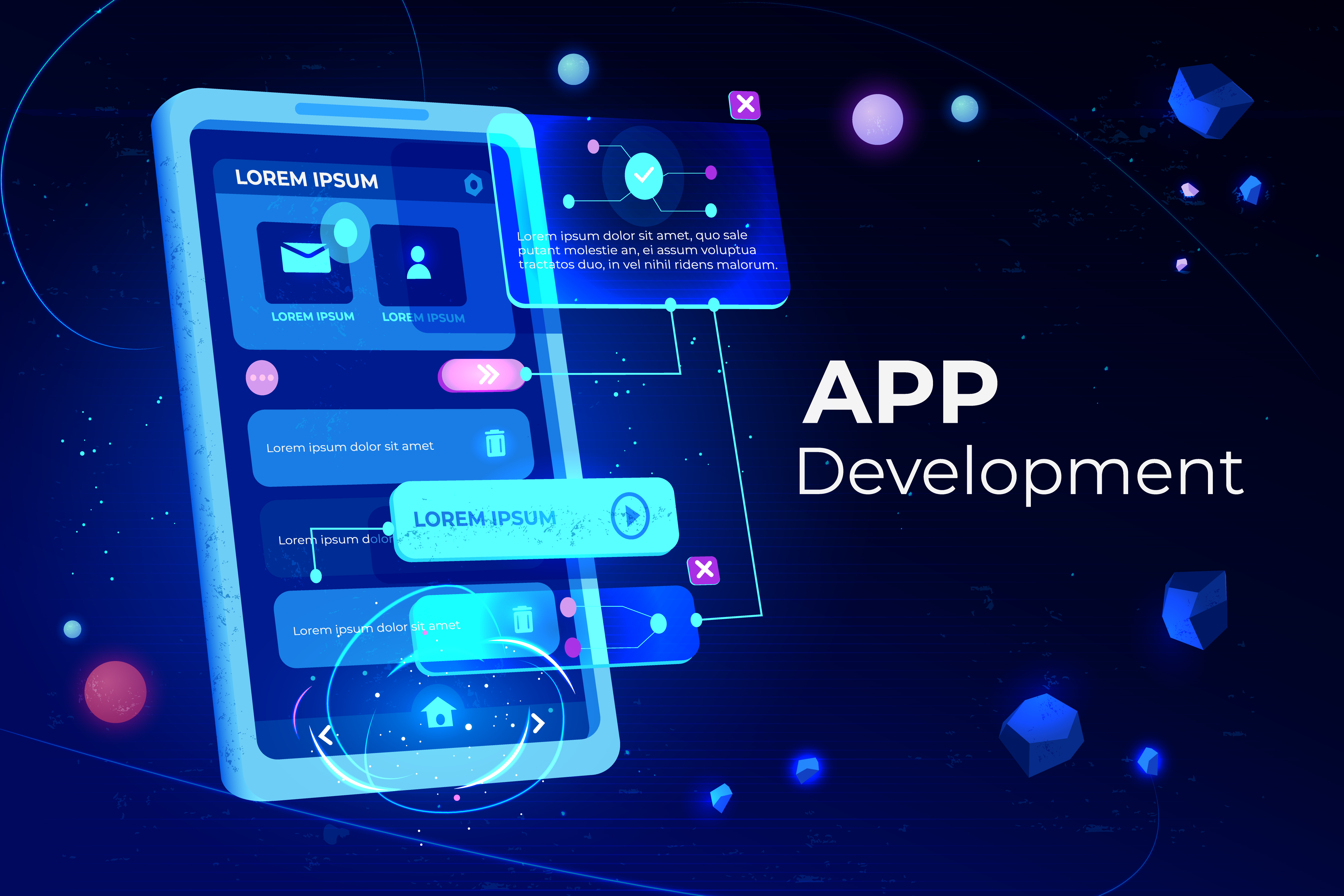Knowledge
Insights and inspiration at your fingertips.

Latest Trends in IT Development
The IT development landscape is evolving rapidly with new technologies and methodologies shaping the way software is built, deployed, and managed. In 2025, several key trends are defining the future of IT development, empowering organizations to innovate faster, improve security, and enhance user experiences.
1. Cloud-Native and Serverless Architectures
Cloud-native development and serverless computing are becoming the norm, enabling developers to build scalable and resilient applications without managing infrastructure. These approaches reduce costs and accelerate time-to-market.
- Microservices: Decomposing applications into loosely coupled services for better scalability.
- Serverless Functions: Event-driven computing models that simplify backend development.
- Containerization: Docker and Kubernetes orchestrate app deployment seamlessly across environments.
2. DevOps and Continuous Integration/Continuous Deployment (CI/CD)
DevOps practices and CI/CD pipelines are critical for rapid and reliable software delivery. Automation tools improve testing, deployment, and monitoring, helping teams catch issues early and respond quickly.
- Infrastructure as Code: Managing infrastructure with declarative code ensures consistency and auditability.
- Automated Testing: Unit, integration, and end-to-end tests integrated into pipelines for better quality.
- Monitoring and Observability: Real-time insights and alerts allow proactive system management.
3. Artificial Intelligence and Automation
AI and automation are increasingly embedded into development workflows, from code generation to incident management, boosting developer productivity and reducing errors.
- AI-Powered Code Assistants: Tools that suggest code snippets and detect bugs in real-time.
- Automated Incident Response: Systems that detect anomalies and trigger remediation steps automatically.
- ChatOps: Integrated chat tools that facilitate collaboration and streamline workflows.
4. Cybersecurity by Design
Security is no longer an afterthought. Modern development includes security considerations at every phase, with automated vulnerability scanning and threat modeling becoming standard.
- Zero Trust Architectures: Verifying every access request as if it originates from an open network.
- Secure Software Supply Chain: Ensuring dependencies and tools are safe and trustworthy.
- DevSecOps: Integrating security checks into CI/CD pipelines.
5. Edge Computing and IoT Integration
With growing IoT devices and data generation at the edge, developers focus on building distributed applications that process data closer to the source to reduce latency and bandwidth usage.
- Real-Time Processing: Immediate insights for applications like autonomous vehicles and smart devices.
- Hybrid Cloud Models: Combining cloud and edge resources efficiently.
- Security Challenges: Protecting data across diverse and distributed networks.
Conclusion
The future of IT development hinges on embracing cloud-native architectures, automating workflows, integrating security early, and innovating at the edge. Organizations that adapt to these trends with agility will unlock new growth and competitive advantages.

Latest Trends in AI/ML
Artificial Intelligence (AI) and Machine Learning (ML) continue to transform industries and redefine what's possible in technology. With rapid advancements, businesses and developers are leveraging AI/ML to solve complex problems, optimize processes, and improve user experiences. Let's explore some of the most notable trends shaping the AI/ML landscape in 2024.
1. Generative AI
Generative AI is one of the most significant breakthroughs in recent years. Tools like OpenAI's GPT, DALL-E, and Google's Bard are being used to generate text, images, and even videos from simple prompts. This trend has gained traction in content creation, design, and even coding.
- Content creation: Automatic generation of blog posts, social media content, and more.
- Design: Tools that can generate art and graphics from text descriptions.
- Programming: AI-assisted code generation and debugging.
2. AI in Healthcare
AI and ML are revolutionizing healthcare by offering predictive analytics, personalized treatments, and operational efficiency. ML models can now predict patient outcomes, recommend treatments, and assist in diagnosis by analyzing medical images and data.
- Diagnostics: AI-powered tools for detecting diseases via medical imaging.
- Predictive analytics: Models that predict disease outbreaks or patient readmissions.
- Drug discovery: Accelerating development using AI-driven simulations.
3. Natural Language Processing (NLP) Advancements
NLP is becoming more sophisticated, improving machine understanding of human language. AI assistants, chatbots, and sentiment analysis tools are more accurate and responsive, powered by models like GPT-4.
- Customer support: AI-powered chatbots for real-time help.
- Voice assistants: Improved voice command recognition and responses.
- Text analytics: Tools for sentiment analysis, content moderation, and summarization.
4. AI Ethics and Responsible AI
As AI becomes mainstream, ethics around bias, privacy, and transparency are critical. Companies are developing responsible AI frameworks to ensure their systems are fair and secure.
- Bias: Mitigating discriminatory outcomes in AI predictions.
- Transparency: Making AI decisions understandable to users.
- Data privacy: Ensuring secure and ethical use of user data.
5. AI in Edge Computing
Edge computing allows AI to run on local devices, reducing latency and improving efficiency. It's key for IoT, autonomous vehicles, and industrial applications.
- Smart devices: AI-powered assistants, thermostats, and appliances.
- Autonomous vehicles: Real-time navigation and safety systems.
- Industrial IoT: Predictive maintenance and performance monitoring.
6. AI for Sustainability
AI is promoting sustainability by optimizing energy use and predicting environmental trends. It supports greener practices across multiple sectors.
- Energy efficiency: AI in smart grids and buildings.
- Climate prediction: Analyzing data for environmental forecasting.
- Sustainable agriculture: AI for precision farming and resource management.
7. AutoML and Democratization of AI
AutoML platforms are simplifying AI development, enabling non-experts to build and deploy models. This democratization expands AI access across industries.
- Business analytics: Predictive insights without coding expertise.
- Marketing automation: Segmentation, personalization, and campaign targeting.
- Small businesses: Affordable AI adoption for SMEs.
Conclusion
AI/ML trends in 2024 are driving innovation across every industry. From generative tools to responsible AI, the momentum shows no signs of slowing down. Embracing these trends will be key to staying ahead in the evolving digital landscape.

Flutter: The Future of Mobile App Development
In recent years, Flutter has emerged as one of the most popular frameworks for mobile app development. Backed by Google, this open-source UI toolkit enables developers to create high-performance, visually stunning apps for iOS and Android from a single codebase. Let's explore why Flutter is revolutionizing mobile app development and how it’s being used by developers and businesses alike.
1. Single Codebase for Multiple Platforms
One of the standout features of Flutter is its ability to create apps for multiple platforms using a single codebase. This means you can write your code once and deploy it across iOS, Android, web, and even desktop platforms with minimal changes.
- Faster development: Write code once and deploy across platforms.
- Consistent design: Maintain a unified look and feel.
- Cost savings: Lower development time and maintenance.
2. Beautiful UIs with Flutter's Widgets
Flutter comes with a rich set of pre-designed widgets that make it easy to create visually stunning UIs. Whether following Material Design or Cupertino guidelines, Flutter provides customizable widgets that adapt across platforms.
- Fast UI development: Use a wide range of pre-built widgets.
- Customizability: Create custom widgets as needed.
- Cross-platform consistency: Ensure polished UIs on both iOS and Android.
3. Hot Reload for Faster Iteration
Flutter’s hot reload feature allows developers to instantly view code changes without restarting the app. This leads to faster development cycles and real-time feedback.
- Faster debugging: Instantly see the effects of code updates.
- Improved productivity: Iterate quickly on new ideas.
- Seamless iteration: Preserve app state while testing changes.
4. Strong Community and Ecosystem
Flutter boasts a thriving community and ecosystem with thousands of plugins available. It’s backed by Google, which ensures regular updates and long-term support.
- Extensive plugin ecosystem: Quickly add features like payments, auth, etc.
- Active community: Access support and resources easily.
- Regular updates: Benefit from ongoing enhancements and fixes.
5. High Performance with Dart
Flutter apps are written in Dart, a fast and efficient programming language by Google. Unlike other frameworks, Flutter compiles to native code, which leads to better performance.
- Native performance: No JavaScript bridges needed.
- Smooth animations: Handle rich UIs and transitions with ease.
- Efficient rendering: Fast and fluid UI experience.
6. Open-Source and Free to Use
Flutter is completely open-source, meaning it's free to use, modify, and contribute to. This makes it accessible to developers of all backgrounds and project sizes.
- Cost-effective: No licensing fees involved.
- Community-driven: Benefit from open collaboration and innovation.
- Scalability: Ideal for everything from MVPs to enterprise apps.
Conclusion
Flutter stands out as a modern, powerful, and flexible framework for building cross-platform apps. Whether you're a solo developer or a large enterprise, Flutter offers the tools, performance, and support to bring your ideas to life efficiently and beautifully.